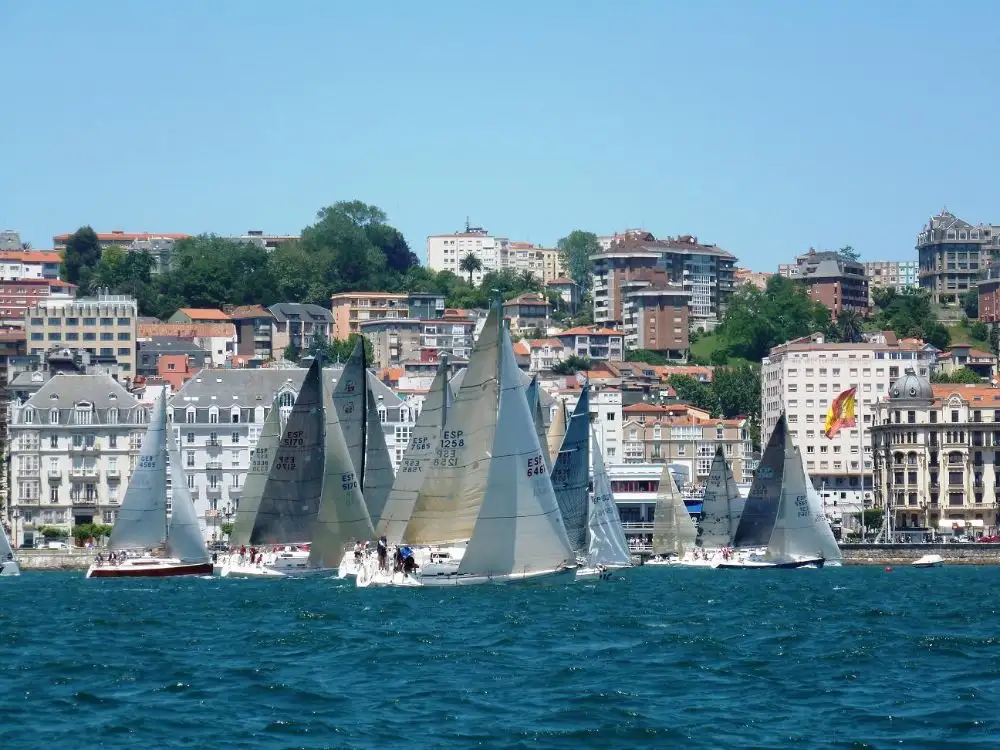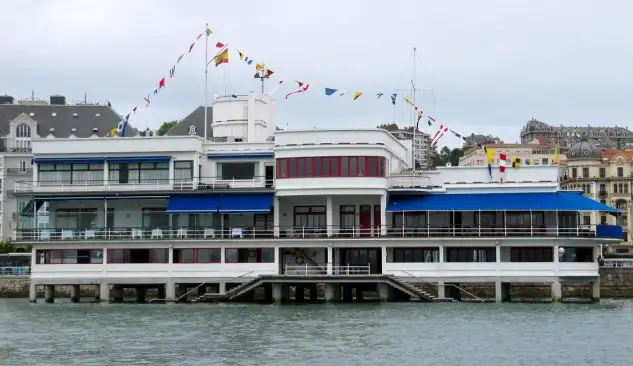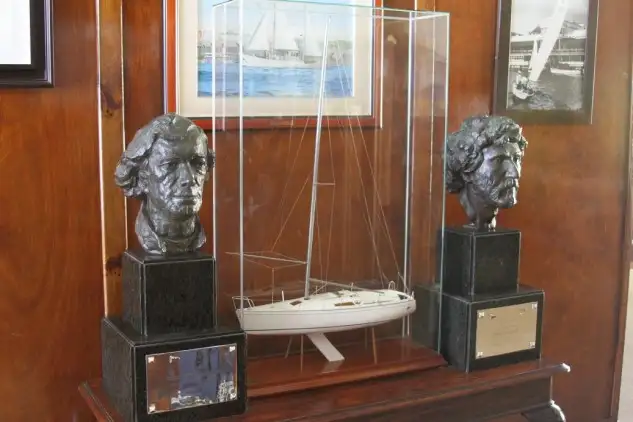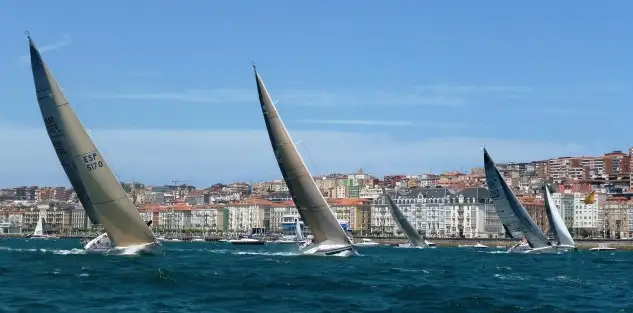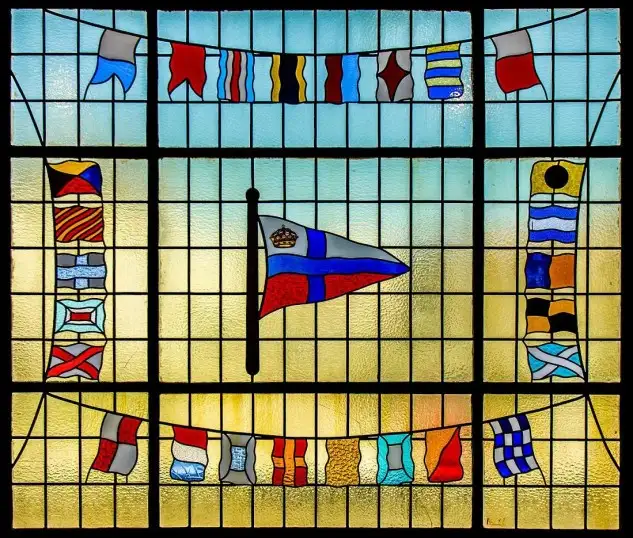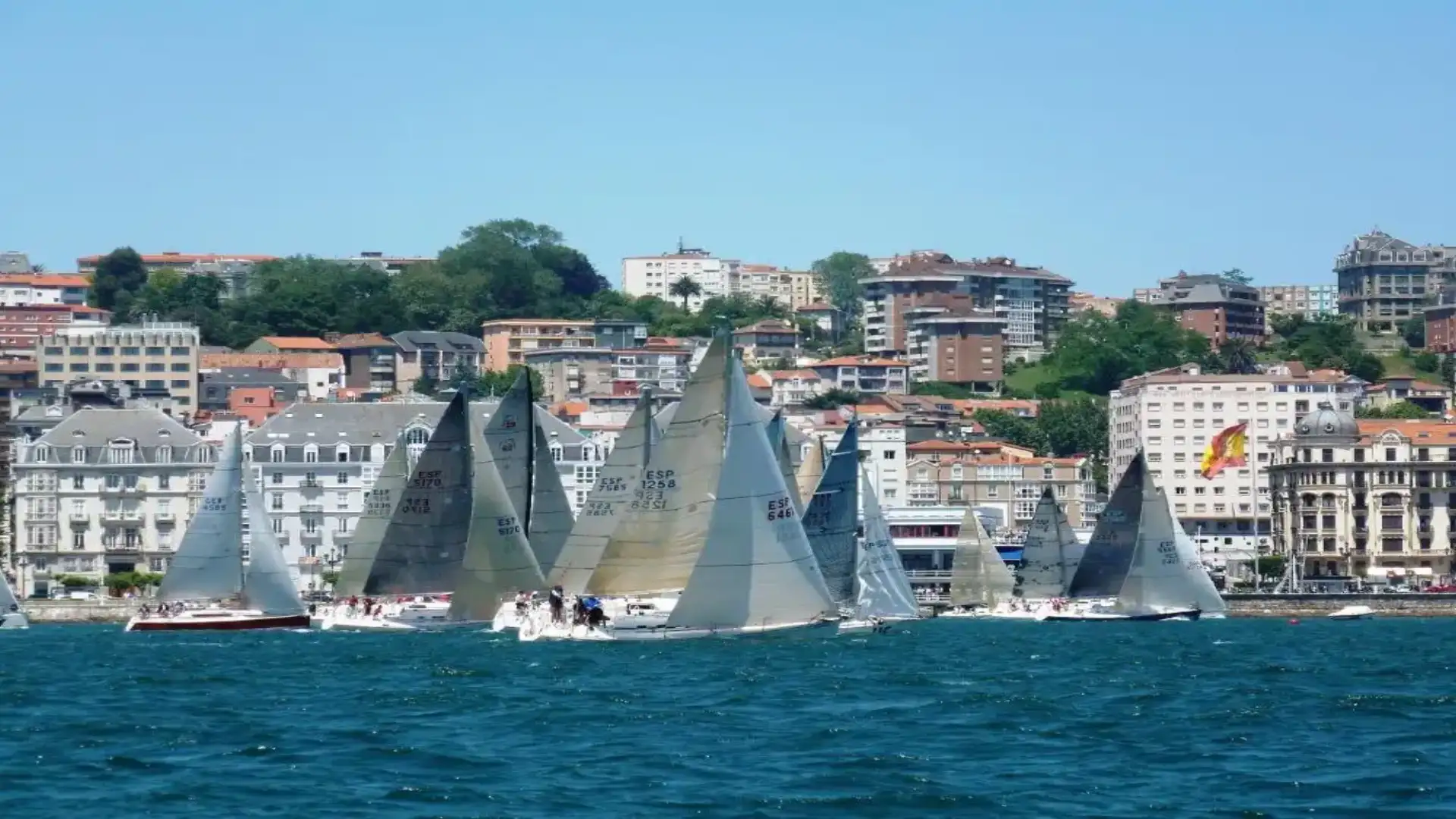
Maritime of Santander the bow masked of the Spanish competition candle
Maritime of Santander the bow masked of the Spanish competition candle
We are lucky, however many others think otherwise, to live in the north, to be able to enjoy the Cantabric with its good things and with the bad ones but, above all, of all the coast that is bathed by its waters. Not everything is left by the sun...
We can travel the coast and make a stop in each of the ports for the special and different that we can find in each of them: for their people, gastronomy, hospitality... everything we can find in the most recondito place in the region.
But today he takes everything "the bride of the sea" as Sepúlveda said in one of so many letters of songs he dedicated to Santander: a stop forced to meet her. The only city in the north that looks south with a desire to be bathed from dawn to sunset by that tireless sun that makes it shine with a special light. We cannot forget the bay that caresses every corner of the city, its beaches, docks and ports in which fishermen, sailors and walkers have their hole. There are images that are not forgotten: the old tram and the networks extended by which today is one of the most busy walks in the city where you can walk from the center to the sarmoner to see one of the most beautiful bays in the world in the Cantabrian Sea.
From the tradition of fishing and from the time that the Queen Elizabeth II in the middle of the 19th century began to come to Santander, it became a spa and regatta city. Something that his grandson Alfonso XIII inherited and encouraged who continued to visit Santander along with his family with his ships' Hispania 'and' Giralda 'and in the Cantabric found his refuge, a refuge of kings. They put the seeds on a fertile land which, over time, has borne fruit between cities, which are twined by the same Sea, El Cantabrico.
The races were settled among the clubs of the Cantabric, which gave more light and life to all the spa cities that grew little by little over the years. For some, turning the races into a way of life. And so, on October 13, 1927, the Royal Maritime Club of Santander was born that opened its doors and became one of the most prestigious and active sports societies in Spain. In 1928, they organized the great international race New York- Santander that with great success opened the door, to which many others would happen like Santander- Cowes, Plymouth- Santander, Copa Principe of Asturias..., and began to write the story of one of the most emblematic and legendary clubs.
After the dark times of the wars, new horizons were gradually imbued, in which the new building and headquarters for the Club was born, which currently occupies and was taking up the good moments of which it had previously enjoyed. The Brixham- Santander race and the year after the Belle Ile- Santander were the races that broke the international barrier and again united countries through sport as before. In 1958, almost 30 years later, they again organized the great New York- Santander race and a year later, Cowes- Santander.
But not everything was on the international ground. The bay has always been a fundamental part of the Club's history, being our race field. The first sailboats to take positions were the Star and the Snipes, fleets that were growing as the country did. In addition to these classes, many others, such as Dragon, Finn, Dinghy, Vaurien and Optimist, were added to the initiative of the El Puntal sailing school, which the partners promoted to teach the new generations. The resurgence of society and the economy, in 1968, Santander hosted the Naval Week with a great role in its development the Club Marítimo, being the cause of flattery on the part of the maritime society.
The Club grew and with it the sports improvements, with docks, attract... They were once again stopped and tarnished by a terrorist attack on the night of 19 September 1987 that seriously damaged the social building. Again, thanks to the great sports family that was forged over the years, the Club resurfaced and continued its social and sports work, trying to maintain its routine and further strengthen its unity.
The School of 'El Puntal', and the great hobby that was created among the young, sowed good seed and reap great successes among all of them: with the precedent of the Olympic medals of Montreal (1976) and Moscow (1980) many athletes have conquered cups and championships of Spain, Europe and the World as well as great successes in ocean navigation. This is largely a consequence of the races they run every weekend, in which the sports, social and competitive components are the necessary ingredients to participate. Until the 21st century the predominant classes in Santander were that of Snipe and First Class 8, welcoming most of the regatists of our club. But we must not forget, in addition to those mentioned, other classes that are part of the palmaris of our athletes such as the Tornado class, 470, 49er or Cruise. Today, since 2006, the J80 fleet has replaced the classic First Class 8, being one of the most numerous and important in Spain and in which the Maritime has world champions.
Not only do athletes support the current good level. The Club is an organizer of cups and championships of Spain and Europe and was an organizer of the Snipe World Championship in 1955, of Yngling in 2004, in 2009 of J-80 and in the 'Test Event' in 2013, the antecedent of the 2014 World Sailing Championship in which they brought together for 15 days more than 1000 regatists who put into play the positions of their countries for the Olympic Games of Rio 2016. A whole event in which the Club and the city turned. But the Club also collaborates with other activities, such as the reception of the 'Cutty Shark' race, two editions' Sea Week ',' Ibaric Vuelta a Vela ',' Le Figaro ',' Trasgascogne 'and high fishing trophies, among others.
Since 2008, the Club has had the School of Regatas that is developed throughout the year with a team of 70 regatists who train every weekend, and can spend more hours on training in the children's holiday time. In the summer period, the Club opens its summer school where we have come to have more than 400 students who have chosen us for both their sea baptism and for initiation and improvement, making it a fun while maintaining a good level of sports education.
© 2024 Nautica Digital Europe - www.nauticadigital.eu


